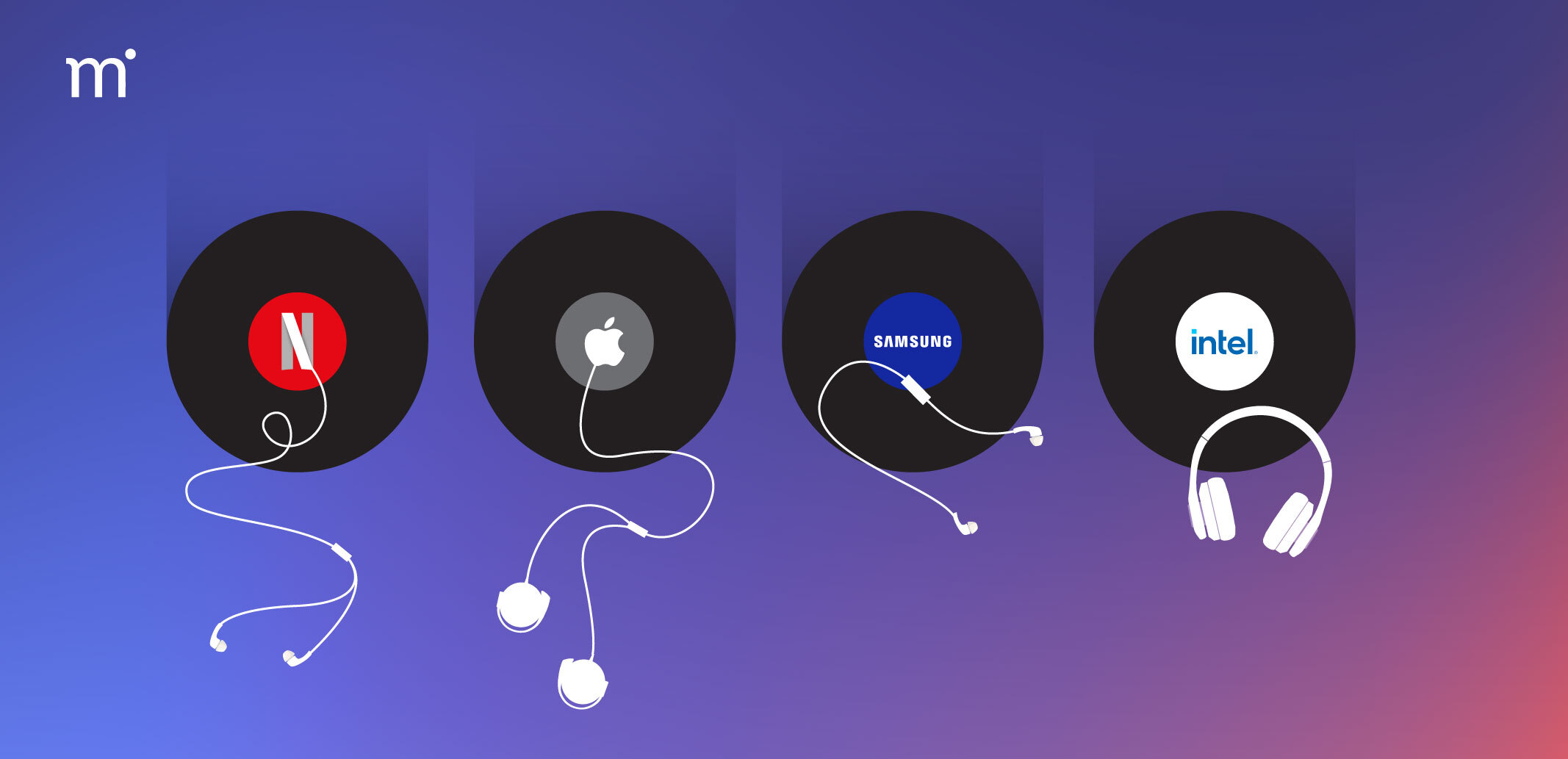
Rise of Audio Branding
23 July 24
Songs, jingles, or even a short five-note whistle that the audience hears can be an effective strategy to enhance the value of a brand. These sounds not only represent the brand but also serve as a strategic tool. The auditory elements affect the audience's behavior towards these brands, helping them establish a strong identity in this digital era.
Netflix stands out as a unique example of how the use of sound can evoke specific feelings or vibes. The iconic 'tudum' sound is universally recognized as “the beginning of an interesting story.” This sound has become an integral part of Netflix’s brand essence, encapsulating the imagery that Netflix aims to convey. Similarly, Intel's 'bong' sound, heard when turning on a computer, effectively communicates that the brand is modern, trustworthy, sleek, and intelligent. The use of sound influences the audience’s psychology and their association with the brand’s imagery, allowing for immediate recognition.
Beyond brand recognition, audio branding can be a powerful tool to compete in a diverse market. For instance, Samsung's 'Over the Horizon' ringtone and iPhone's 'Opening' and 'Marimba' ringtones exemplify how brands use sound to position themselves differently. Samsung’s loud and surprising ringtone has been perceived as targeting an older generation, whereas iPhone’s minimalist and modern sounds reinforce its position as a contemporary brand. Similarly, Nokia's 'Nokia Tune,' derived from a classical piece of music, evokes nostalgia and connection, reminding people of Nokia’s dominance in the 90s. These examples demonstrate how sound can highlight each brand’s unique characteristics and help them stand out in the market.
Sound can also be a powerful tool to connect with the audience on an emotional level, creating feelings that brands want their audience to experience. In the 2000s, brands like Susu Murni Nasional and Sari Roti used catchy tunes to create memorable associations. The sound of the delivery guy’s jingle became a signal for children to prepare money to buy a glass of milk, or mothers to get a nice pack of bread, fostering a sense of nostalgia and emotional connection when they grow older. This emotional resonance helped build a loyal customer base that has endured over the years.
As we look to the future, audio branding will continue to evolve and become even more integral to a brand’s strategy. With the rise of smart speakers, voice assistants, and immersive audio experiences, brands will have more opportunities to engage with their audience through sound. Personalization and interactivity will be key, as brands create unique audio experiences tailored to individual preferences. By collaborating with experts like Milestone, brands can effectively leverage audio branding to create deeper emotional connections, drive brand loyalty, and differentiate themselves in an increasingly competitive market. The future of audio branding is promising, with endless possibilities for innovation and creativity.